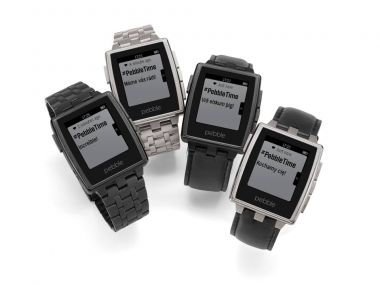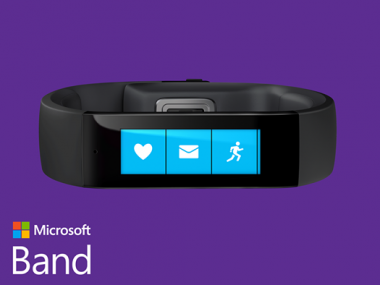Microsoft Band vs Pebble Watch comparison: Which is the best wearable device?
One of the earliest wearable devices in the market was released by an independent startup company called Pebble Technology, which released the Pebble Watch after launching a Kickstarter campaign to fund the product's development.
The Pebble Watch proved to be a success, after it generated over 85,000 orders during its release. But it was soon followed by other wearable devices manufactured by bigger brands. One of its latest competitors is Microsoft, which released its very own Microsoft Band to get a cut from the wearable market.
Microsoft Band not only functions as a smartwatch, but it works as a fitness tracker as well. It also claims to cater not only to Microsoft's own Windows Phone as it is also compatible with both the Android and iOS devices.
But can the recently released Microsoft Band stand up against the time-tested Pebble Watch? Take a look at the specs of both wearable devices:

Pebble Watch (released July 2013)
The Pebble Watch comes with a 1.26-inch screen with 144×168 pixel e-paper display resolution with LED backlight and protected by an optical hard coating to make it scratch-resistant.
The casing for this device measures 52 mm L × 36 mm W × 11.5 mm T, and its band is 22 mm wide. The entire device weighs 32 grams.
The Pebble Watch is also equipped with 128 KB RAM, which can handle 84 KB of operating system, 12 KB background worker, 24 KB app, as well as 8 KB app services, and has 8 slots for watch faces and apps.

Microsoft Band (released October 2014)
The recently released Microsoft Band comes with a 1.4-inch full color display with 320 X 106 pixel resolution. It measures 11 mm x 33 mm.
The device includes multiple sensors, including an Optical heart rate sensor,a 3-axis accelerometer, a Gyrometer, a GPS, an Ambient light sensor, a UV sensor, a Skin temperature sensor, a Capacitive sensor, as well as a Galvanic skin response.
The wearable device from Microsoft also has a built-in microphone, and a haptic vibration motor.











